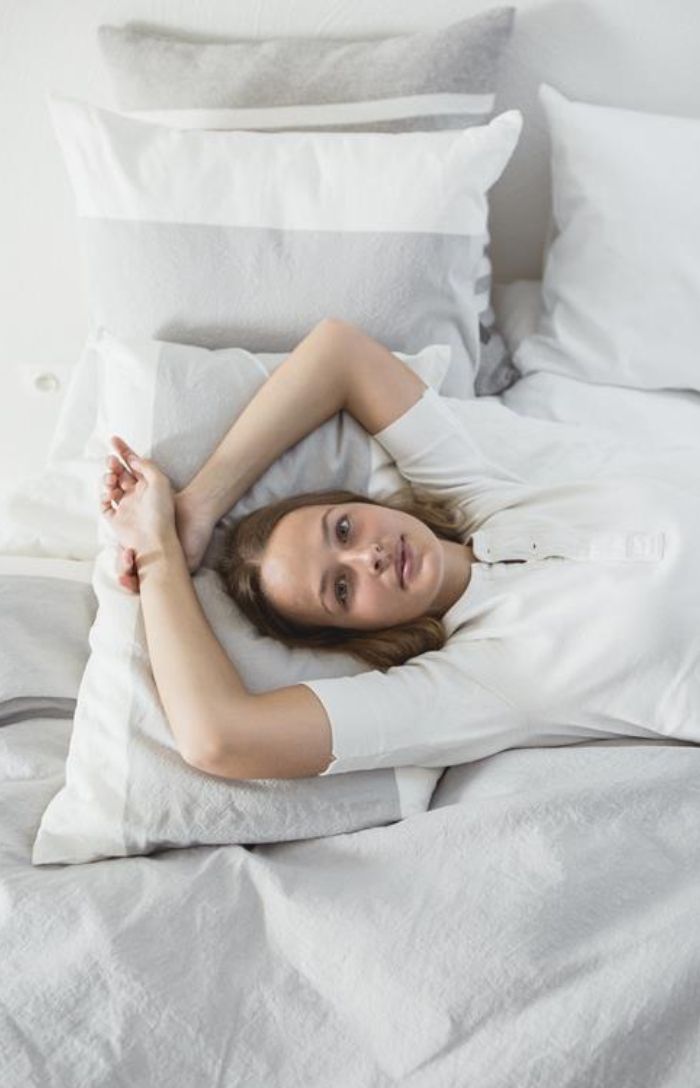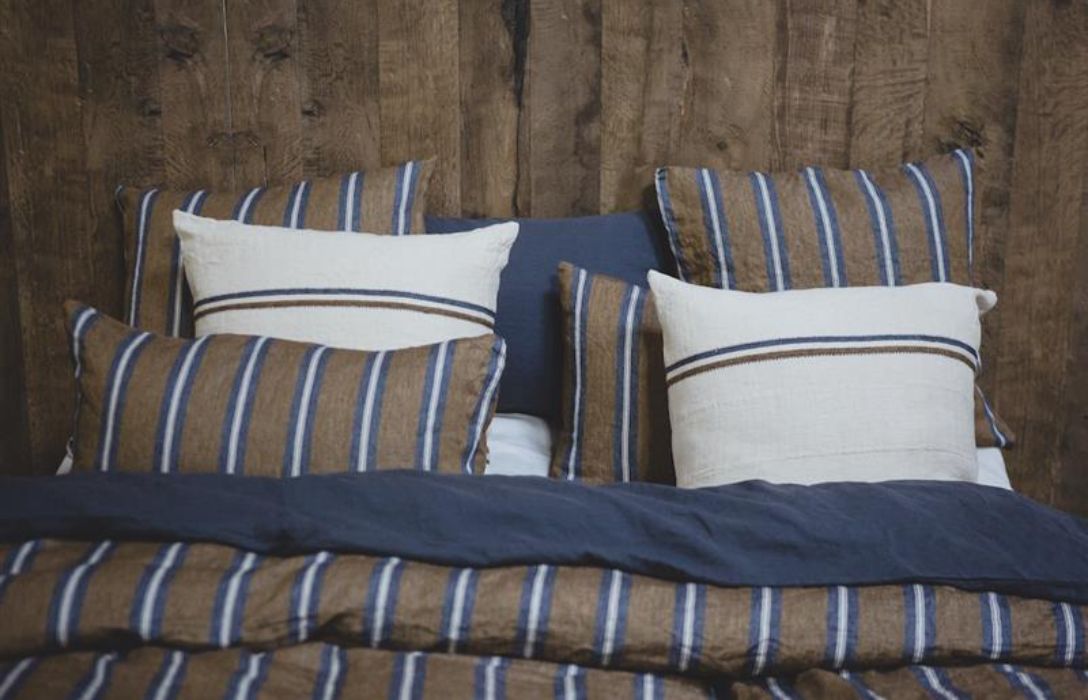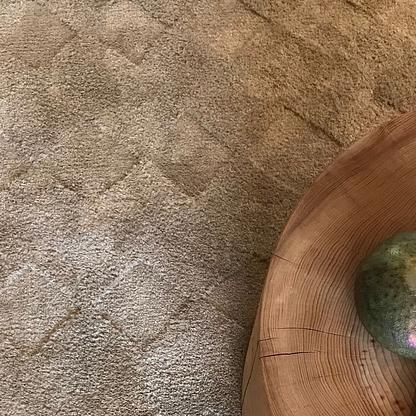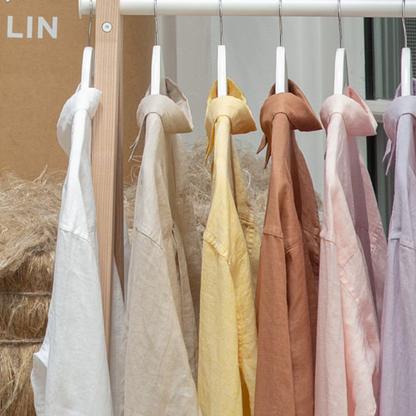9 reasons to choose linen for better sleep
20 June 2023
- Home
- Linen
As stated in the study “The impact of flax-linen on sleep quality: review of the scientific literature and analysis” by the Alliance for European Flax-Linen & Hemp, flax fibres provide optimal comfort for high-quality sleep. Here is what you need to know about linen and its properties.




.png)



